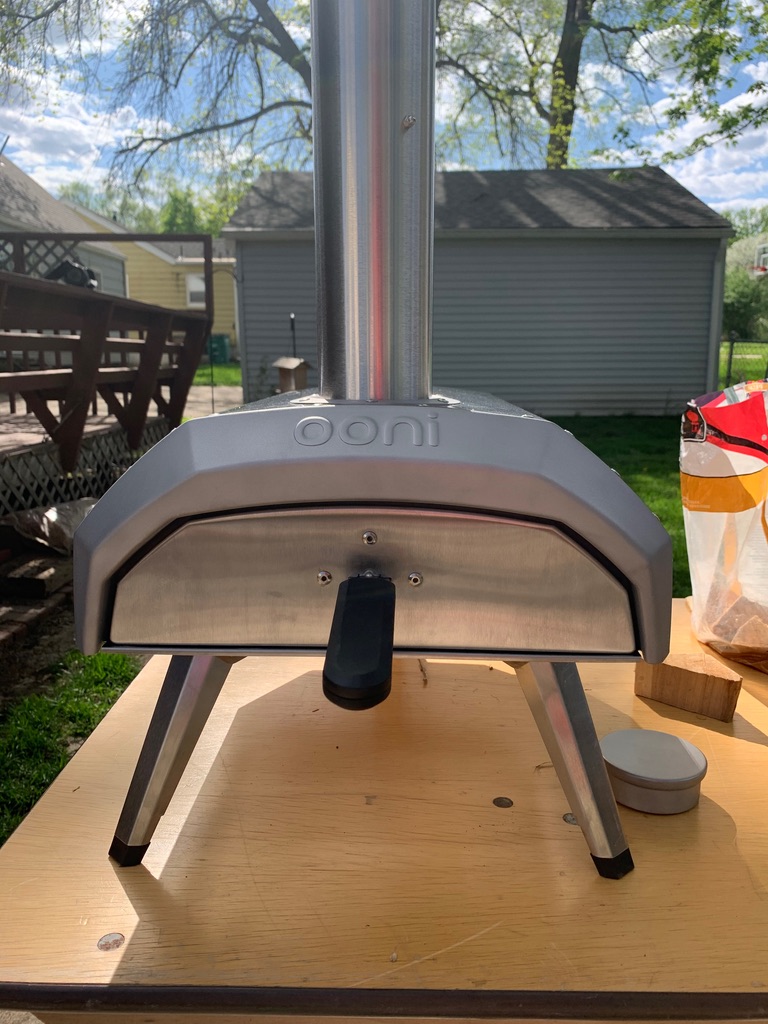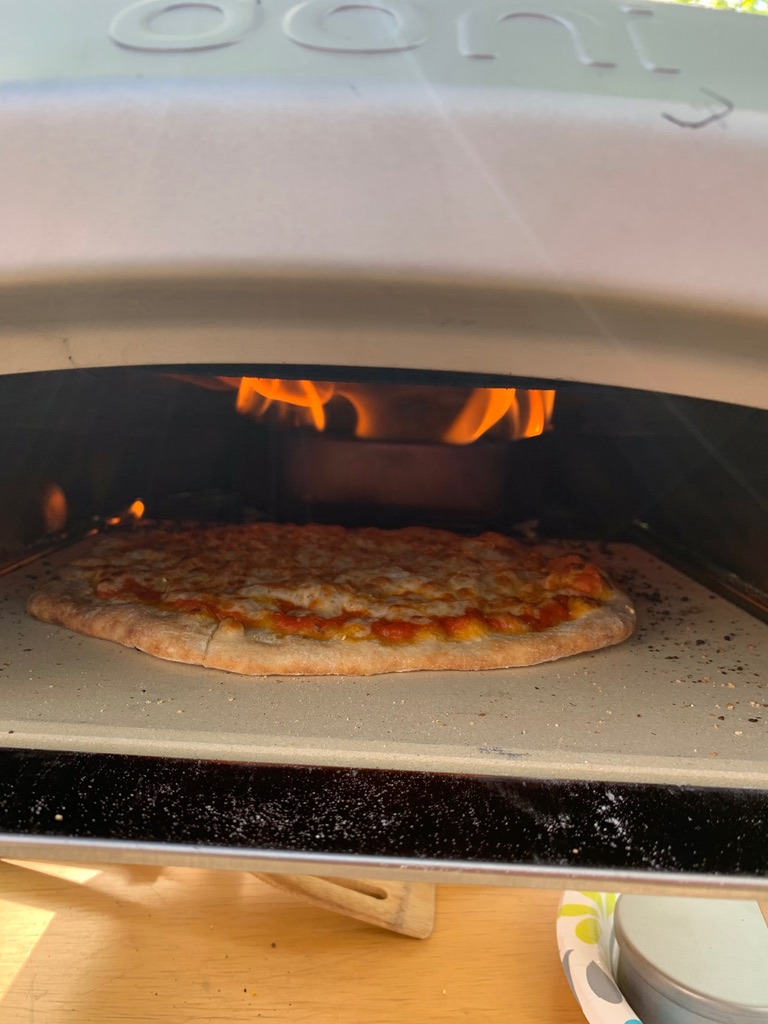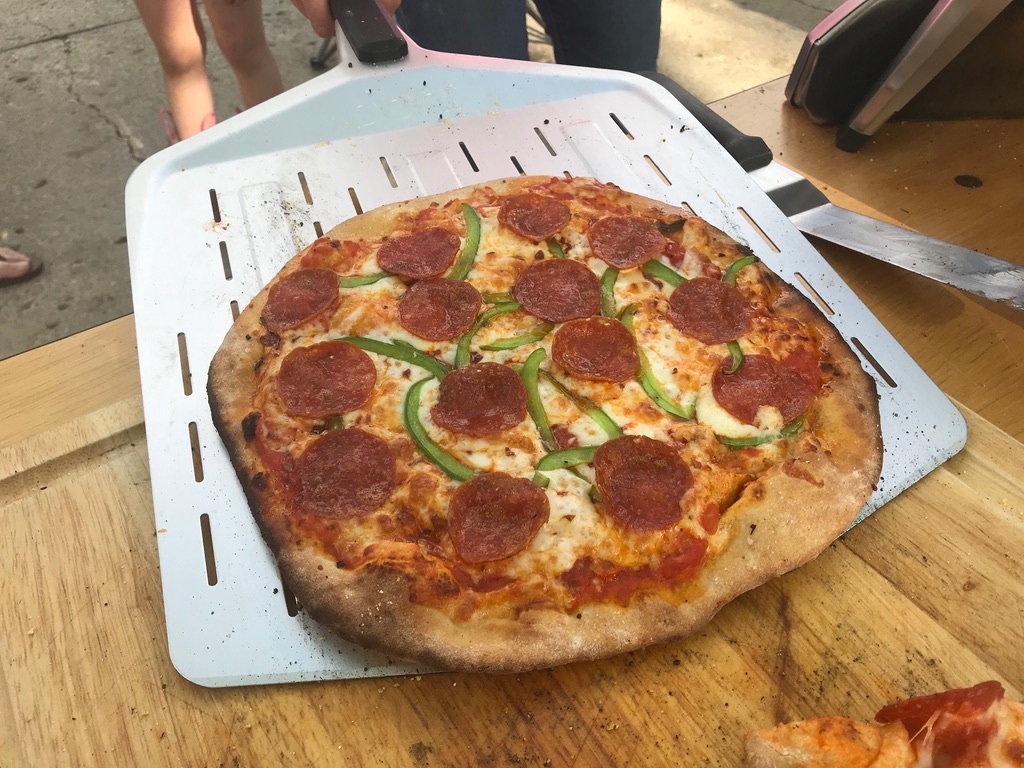All About Pizza
Pizza was invented in 18th century Naples. This Neapolitan-style of pizza was brought to the US by Italian immigrants, launching America’s pizza craze. And the kind of pizza you prefer likely has something to do with where you live, as there are many regional styles of pizza. Here we’ll take a look at the most common types-let’s start with the pizza that started it all, the Neapolitan.
By Haley J. Wilson

What is Neapolitan pizza?
Otherwise known as pizza napoletana, this simple pie is made from a basic dough, tomatoes, and mozzarella cheese. Sounds simple, right? It is, but there are a few technical things to take a look at. Neapolitan pizza is a Traditional Specialty Guaranteed (TSG) product in Europe meaning the ingredients, product method, or processing must be traditional. To name just a few specifics, Neapolitan pizza must use San Marzano or Pomodorino del Piennolo del Vesuvio tomatoes – these varieties grow on the volcanic plains south of Mount Vesuvius, lending a very particular flavor. And the cheese must be Mozzarella di Bufala Campana, a cheese made from water buffalo milk, and Fior di Latte di Agerola, a cow’s milk that comes exclusively from the Agerola commune. Neapolitan pizza is generally 10-12 inches in diameter and due to its larger concentration of sauce than cheese, the center of this pizza tends to be a bit wet despite being cooked between 800-900-degrees, and is thus eaten with a fork and knife.
Can I make Neapolitan Pizza at Home?
Unless you have a wood-fired oven at home, it might be tricky, but there are a few ways you can get close. First, you could grill your pizza with our recipes for Grilled Sausage Pizza, Grilled Mediterranean Pizza, or Grilled Pepperoni Pizza. Grills get hot enough to cook pizzas quickly, plus lend some of the smoky flavor you’d get from wood. But the best way to achieve pizza perfection is to use a portable wood, charcoal, or gas-fired pizza oven, like one from Ooni. The model we tested was the Karu. The stainless-steel body with ceramic-fiber insulation and an extra-thick baking stone for maximum heat retention mean this thing gets hot and stays hot. It was easy to assemble, and heated up in no time. While it took a bit of trial and error to get the temperature right, an infrared thermometer would help with that. For more in depth information on the Ooni Karu, check out the feature in our upcoming Sept/Oct issue (143).



Neapolitan pizza lead to New York style pizza. Served by the slice, this pizza is baked in a wood or coal burning oven and has a thin, crunchy crust with a soft, pliable interior, perfect for folding. And if you like thin crust, but want it super crisp, St. Louis style pizza might be what you’re looking for. Originating at Imo’s Pizzeria in St. Louis, the thin, cracker-like crust (which doesn’t contain yeast) is topped with Provel cheese (a combination of Cheddar, Swiss, and provolone). St. Louis style pizza is typically cut “party,” or “tavern-style,” meaning it’s cut into squares.
What if I Like Thick-Crust Pizza?
If a heartier crust is more to your liking, you can look to Chicago style deep-dish pizza using our recipes for Sopressata & Fennel Deep-Dish PIzza with cherry Peppers or Margherita Deep-Dish Pizza with Pesto, Sicilian pizza, also called Sfincione, using our recipes for Spicy Meat Sheet Pan Pizza or Chicken & Mushroom Sheet Pan Pizza with spinach & artichoke pesto, and Detroit style pizza.
Chicago style pizza started with Pizzeria Uno in the 1940s. This almost casserole style of pizza starts with a dough that lines a deep-dish pan that’s similar to a cake pan. Then it’s assembled a little bit differently than what you’re likely used to, with cheese topping the dough, then vegetables and meats, and sauce on top of everything – it helps everything cook through.
Sicilian pizza was brought to the US in the 19th century. It’s thick crusted with pillowy center, crunchy crust, and toppings like onion, anchovy, tomatoes, herbs, and strong cheese, like caciocavallo.
And similar to Sicilian pizza is Detroit style pizza. Interestingly enough, this pizza was originally baked in a square automotive parts pan. Though different pans are used now, it has a similar deep-dish crust which gets very crunchy edges baking in a well-oiled pan—it’s almost fried. And the cheese gets spread all the way to the edges of the dough, so when it bakes, the edges are that much more crunchy.
No matter the type of pizza you prefer, I always say, there is no BAD pizza, just pizza that we like more than others.
Product Recommendations
Interested in cooking? Need some supplies?
Check out some of the tools we like. All products featured on Cuisine at Home are independently selected by our editors; we may earn an affiliate commission from qualifying purchases through our links.